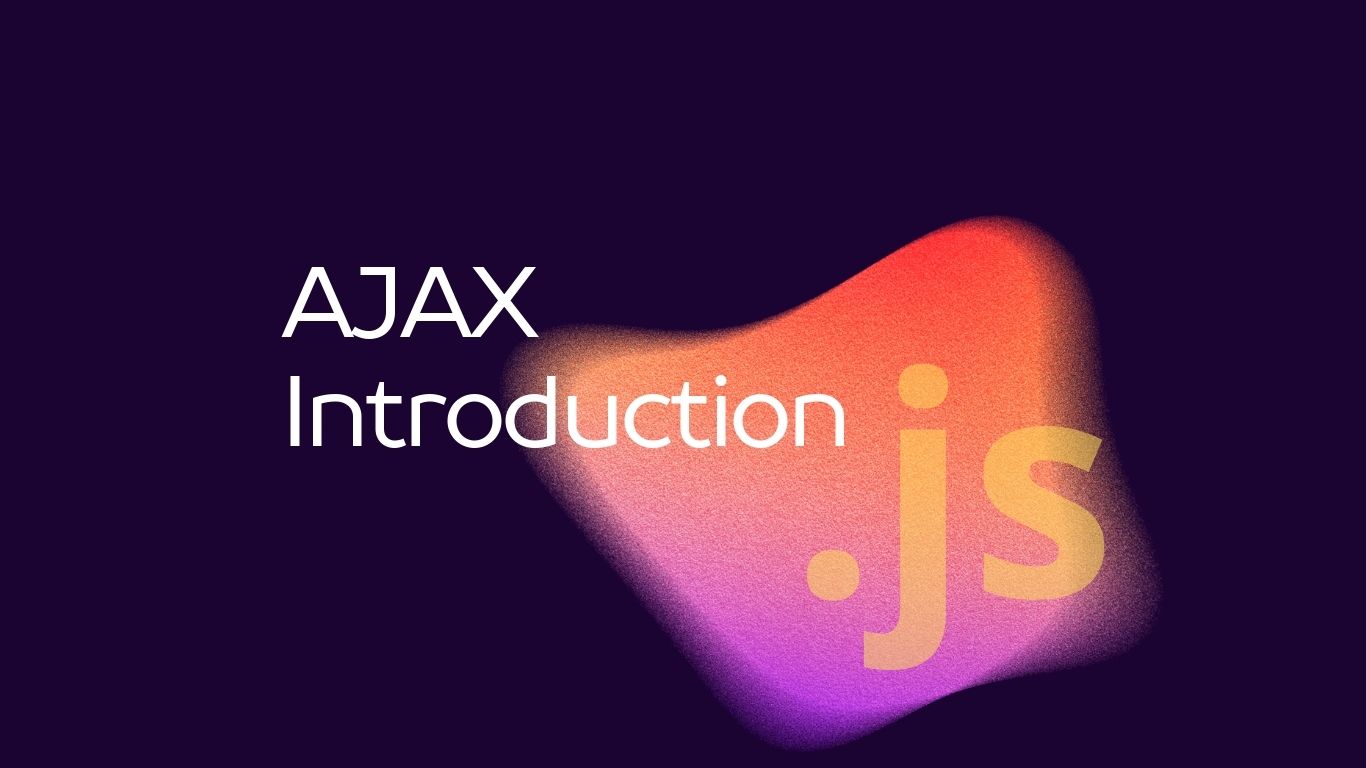Introduction to AJAX Programming
AJAX (Asynchronous JavaScript and XML) is a powerful technique used in web development to create dynamic and interactive web applications. It allows you to update parts of a web page without reloading the entire page, enhancing user experience and making web applications faster and more responsive.
In this tutorial, we’ll cover the basics of AJAX programming, including its purpose, how it works, and provide sample code snippets for different scenarios.
Table of Contents
What is AJAX?
AJAX is a combination of several technologies, primarily JavaScript, XML (although JSON is more commonly used today), HTML, and CSS. It allows web pages to send and receive data asynchronously to and from a web server without interfering with the display and behavior of the existing page.
AJAX is commonly used for:
- Dynamic Content Loading: Load data from the server without refreshing the entire page.
- Form Submission: Submit form data to the server and handle the response without refreshing the page.
- Interactive User Interfaces: Update parts of a page in real-time based on user actions or server responses.
Sample Code Snippets:
Scenario 1: Dynamic Content Loading
<!DOCTYPE html>
<html>
<head>
<title>AJAX Dynamic Content Loading</title>
<script>
function loadContent() {
var xhttp = new XMLHttpRequest();
xhttp.onreadystatechange = function() {
if (this.readyState == 4 && this.status == 200) {
document.getElementById("content").innerHTML = this.responseText;
}
};
xhttp.open("GET", "content.txt", true);
xhttp.send();
}
</script>
</head>
<body>
<h2>Dynamic Content</h2>
<button onclick="loadContent()">Load Content</button>
<div id="content"></div>
</body>
</html>Explanation:
- The JavaScript function
loadContent()is triggered by clicking the button. - It creates an XMLHttpRequest object (
xhttp) to communicate with the server asynchronously. - The
onreadystatechangeevent handler is called when the state of the XMLHttpRequest changes. - If the request is successful (
readyState == 4andstatus == 200), the content of the response is placed inside thedivwith the id “content”.
Scenario 2: Form Submission
<!DOCTYPE html>
<html>
<head>
<title>AJAX Form Submission</title>
<script>
function submitForm() {
var xhttp = new XMLHttpRequest();
xhttp.onreadystatechange = function() {
if (this.readyState == 4 && this.status == 200) {
document.getElementById("response").innerHTML = this.responseText;
}
};
var formData = new FormData(document.getElementById("myForm"));
xhttp.open("POST", "submit.php", true);
xhttp.send(formData);
}
</script>
</head>
<body>
<h2>Submit Form Using AJAX</h2>
<form id="myForm">
<input type="text" name="name" placeholder="Your Name">
<button type="button" onclick="submitForm()">Submit</button>
</form>
<div id="response"></div>
</body>
</html>Explanation:
- The
submitForm()function is triggered when the button is clicked. - It creates an XMLHttpRequest object and defines the
onreadystatechangeevent handler. - It collects form data using the FormData object and sends it to the server using the POST method.
- The response from the server is displayed in the
divwith the id “response”.
Conclusion
AJAX is a fundamental part of modern web development, allowing developers to create dynamic and interactive web applications. By understanding the basics of AJAX programming and practicing with sample code snippets like the ones provided above, you’ll be well on your way to building powerful web applications that deliver a seamless user experience.


